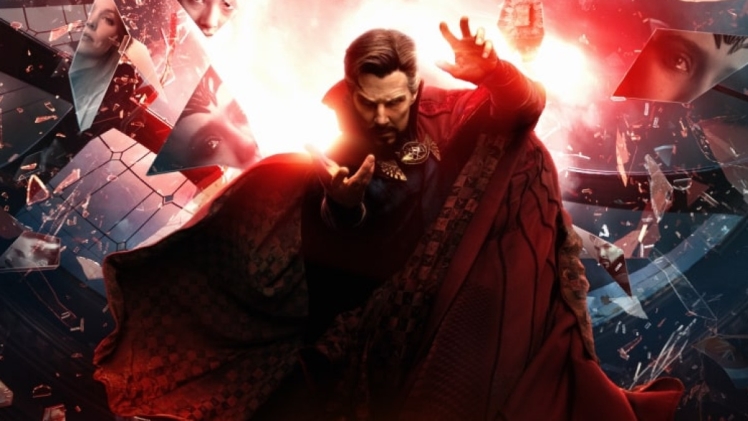The concept of a multiverse has long fascinated human beings, with the idea that there could be countless other versions of ourselves and our world existing simultaneously in different dimensions. This idea has been explored in various works of fiction, from comic books to movies, and has now become a central theme in the Marvel Cinematic Universe with the upcoming release of Doctor Strange in the Multiverse of Madness.
In this article, we will delve into what exactly the multiverse entails, how it has been portrayed in popular culture, and what we can expect from the upcoming film.
What is the Multiverse?
The multiverse theory proposes that there are an infinite number of parallel universes, each with its own set of physical laws, and potentially even different versions of ourselves. While this may seem like science fiction, the concept actually has some basis in real-world physics.
According to quantum mechanics, particles exist in a state of superposition, meaning they can be in multiple places or states at once. The act of observing a particle then “collapses” it into a single state, but this suggests that there could be multiple versions of reality existing simultaneously until they are observed.
The multiverse theory also takes into account the idea of inflationary cosmology, which suggests that the universe underwent a period of rapid expansion shortly after the Big Bang. This would have caused pockets of space to expand faster than others, creating separate “bubbles” of universes.
How has the Multiverse been Portrayed in Popular Culture?
The concept of the multiverse has been a staple in science fiction for decades, with authors such as H.G. Wells and Philip K. Dick exploring the idea in their writing. However, it wasn’t until comic books that the multiverse became a major story arc.
DC Comics introduced the concept of the multiverse in the 1960s with their series The Flash, which introduced the idea of parallel Earths inhabited by alternate versions of DC’s iconic superheroes. Marvel Comics followed suit in the 1980s with their own multiverse, which introduced alternate versions of characters such as Spider-Man and the X-Men.
The idea of the multiverse has also been explored in several movies and TV shows. One of the most famous examples is the Back to the Future franchise, which features time travel that leads to alternate timelines. The movie adaptation of Stephen King’s The Dark Tower series also explores the concept of multiple universes.
What Can we Expect from Doctor Strange in the Multiverse of Madness?
Doctor Strange in the Multiverse of Madness promises to be one of the most ambitious films in the Marvel Cinematic Universe yet. The movie will explore the concept of the multiverse in-depth, with Doctor Strange navigating through different dimensions and encountering alternate versions of himself and other characters.
The film will also feature Elizabeth Olsen reprising her role as Wanda Maximoff/Scarlet Witch, who was last seen altering reality in the TV series WandaVision. This suggests that the events of the series could have an impact on the multiverse and the events of the film.
In addition to this, the film will also introduce new characters such as America Chavez, a superhero who can travel between dimensions, and Brother Voodoo, a powerful sorcerer. The inclusion of these characters suggests that the multiverse will continue to play a major role in future Marvel films.
Conclusion
The concept of the multiverse may seem like science fiction, but it has become a central theme in popular culture. From comic books to movies, the idea of multiple realities existing simultaneously has captured the imaginations of people for decades.
Doctor Strange in the Multiverse of Madness promises to take this concept to new heights, with the Marvel Cinematic Universe exploring the multiverse in-depth for the first time. With new characters and alternate versions of existing ones, it seems the multiverse will continue to play a major role in the future of the Marvel Cinematic Universe.

